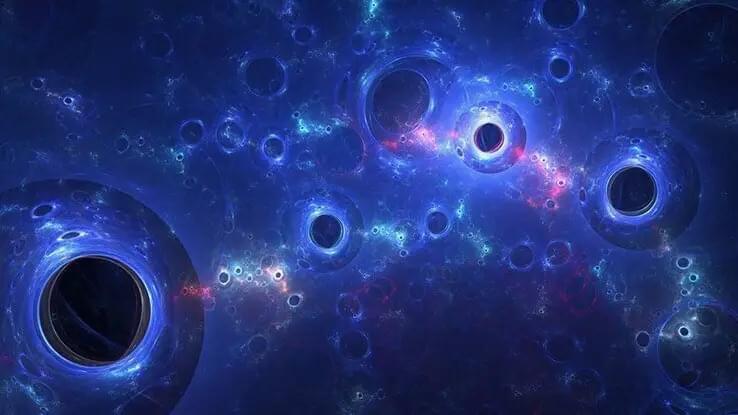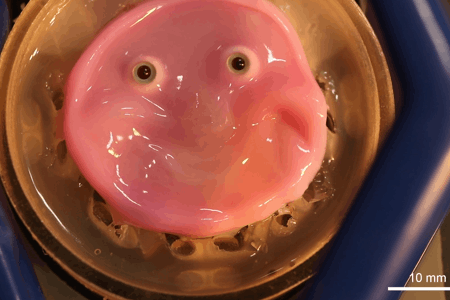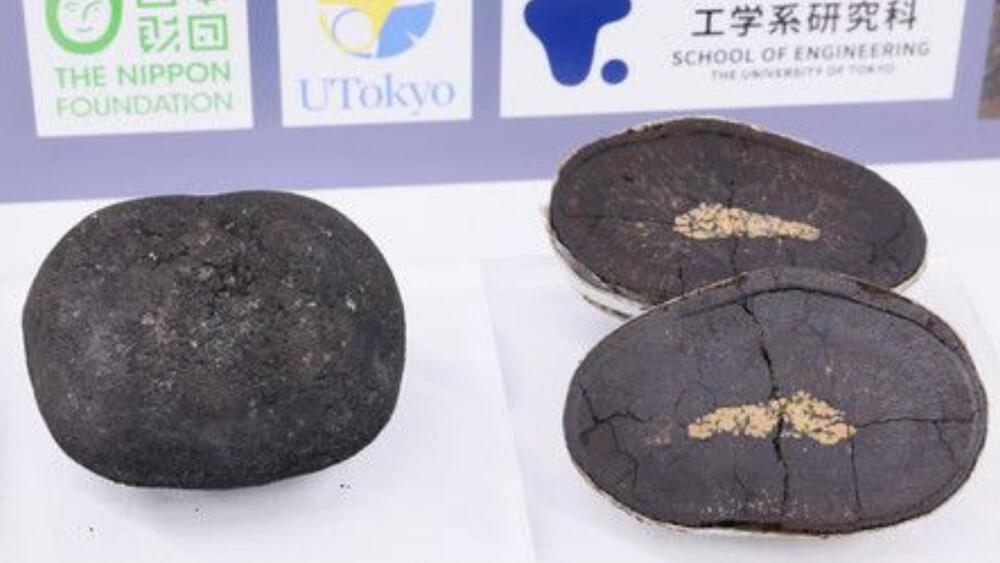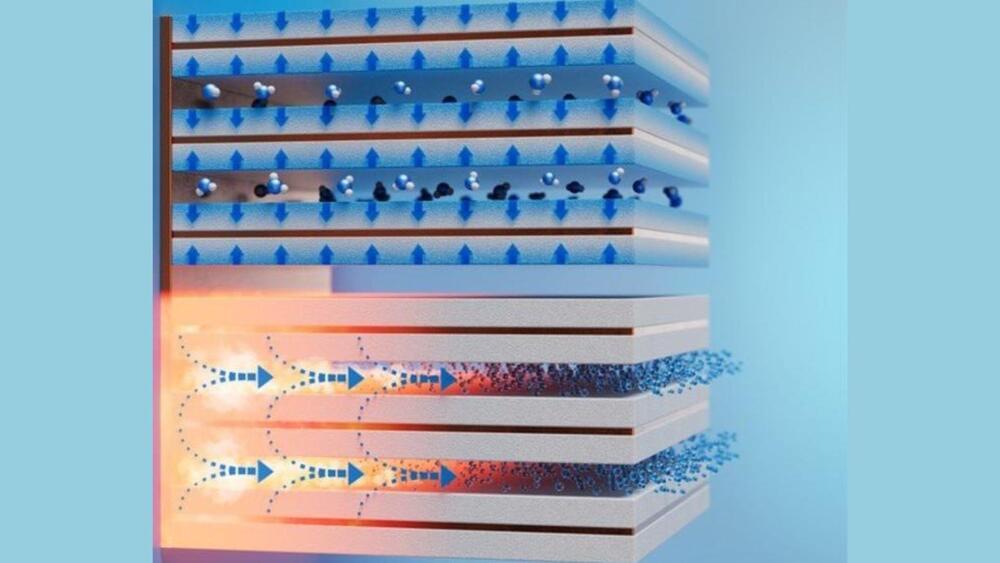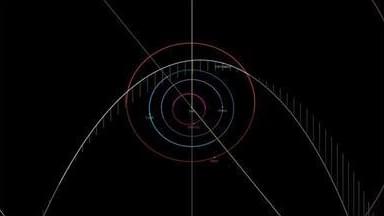Proteins carry out many of the essential function of cells, and scientists have spent years learning about the expression of protein-coding genes. When genes are active, they are transcribed as messenger RNA (mRNA) molecules, which are then exported from the nucleus of the cell, where the DNA is kept, and into the cytoplasm, where mRNA molecules are translated into proteins. But many RNA molecules that do not code for protein are also exported from the nucleus and into the cytoplasm.
Scientists wanted to know more about what this non-coding RNA is doing, especially since it can often be found at high levels. Reporting in Nature, scientists have now used yeast cells to show that many of these non-coding RNA molecules are antisense RNAs (asRNAs), which have sequences that are complementary to mRNAs. So the right asRNA can anneal to its mRNA match. This turns out to promote the export of mRNAs from the nucleus to the cytoplasm, which boosts gene expression; a kind of “superhighway” for the transport of mRNAs is created with asRNAs to accelerate gene activity.
